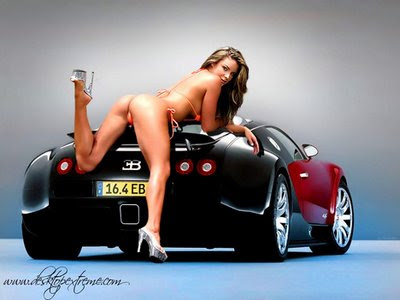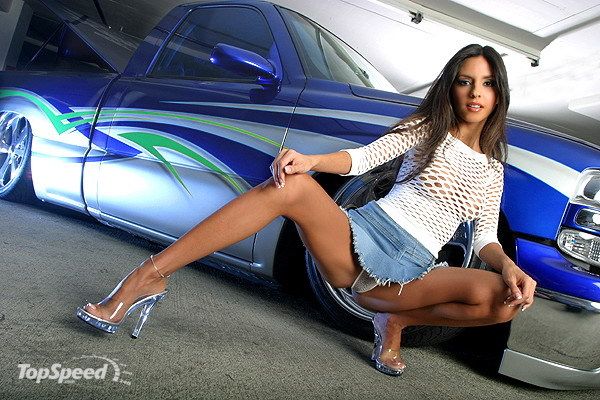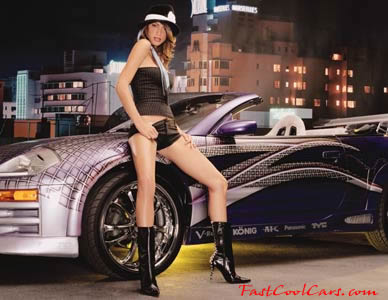For the most part, consumers previously desiring a vehicle high on fuel efficiency and luxury haven't had much to choose from. Toyota, for example, offers either its super fuel-efficient but bland Prius or not-that-efficient but otherwise premium collection of Lexus luxury hybrid vehicles like the LS 600h L. All of this changes with the 2010 Lexus HS 250h, however. Here, Lexus offers the opportunity to be pampered by your car while still doing your part to help reduce your carbon footprint.

Rather than just slap Lexus badges on a Prius or Camry Hybrid and call it a day, Lexus based the HS 250h sedan on a specialized platform not utilized by any other Toyota or Lexus hybrid. In terms of size, it's bigger than a Corolla but smaller than a Camry. As for the driving experience, though, it's all Lexus, with refined performance, a smooth and quiet ride and an impeccably trimmed cabin chock-full of the latest (but easily operated) high-tech features.
The HS 250h borrows its powertrain from the Camry Hybrid, which is both bigger and more powerful than that used in the Prius. This allows it to post a 0-60-mph time of 8.7 seconds -- fairly quick for a hybrid vehicle. As for fuel economy, the HS 250h has an EPA fuel economy estimate of 35 mpg in combined driving. This is significantly less than the Prius' combined rating of 50 mpg, but it's still the highest of any luxury-branded hybrid vehicle.
Underway, the 2010 Lexus HS 250h easily plays the role of upscale luxury car with a supple ride, a quiet cabin and competent handling. It also has just about every luxury feature one could wish for as either standard or optional, as well as the promise of upscale service treatment at the dealership. As with many luxury vehicles, however, it is all too easy to jack up the HS 250h's price with the various option packages.
If you like the idea of the Lexus HS 250h but find its price a bit too dear, you might also consider the Ford Fusion Hybrid or the Nissan Altima Hybrid, though the latter is sold in just a handful of states. Both offer an affable combination of economy, luxury and athleticism. For now, however, the HS 250h basically exists in a class of one, where premium brand luxury and presence can be had along with fuel economy that's superior to that of a subcompact economy car.
The HS 250h borrows its powertrain from the Camry Hybrid, which is both bigger and more powerful than that used in the Prius. This allows it to post a 0-60-mph time of 8.7 seconds -- fairly quick for a hybrid vehicle. As for fuel economy, the HS 250h has an EPA fuel economy estimate of 35 mpg in combined driving. This is significantly less than the Prius' combined rating of 50 mpg, but it's still the highest of any luxury-branded hybrid vehicle.
Underway, the 2010 Lexus HS 250h easily plays the role of upscale luxury car with a supple ride, a quiet cabin and competent handling. It also has just about every luxury feature one could wish for as either standard or optional, as well as the promise of upscale service treatment at the dealership. As with many luxury vehicles, however, it is all too easy to jack up the HS 250h's price with the various option packages.
If you like the idea of the Lexus HS 250h but find its price a bit too dear, you might also consider the Ford Fusion Hybrid or the Nissan Altima Hybrid, though the latter is sold in just a handful of states. Both offer an affable combination of economy, luxury and athleticism. For now, however, the HS 250h basically exists in a class of one, where premium brand luxury and presence can be had along with fuel economy that's superior to that of a subcompact economy car.
















